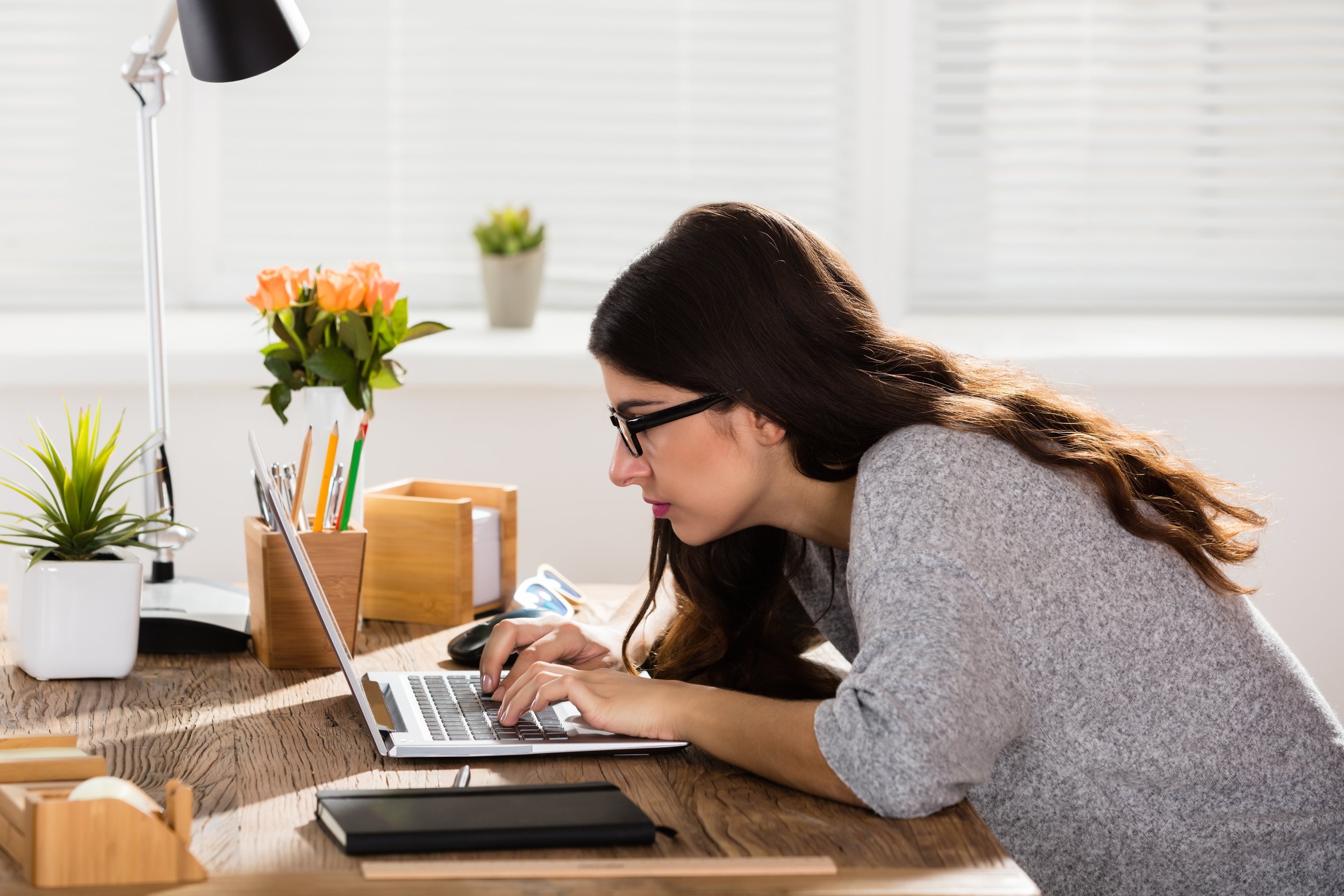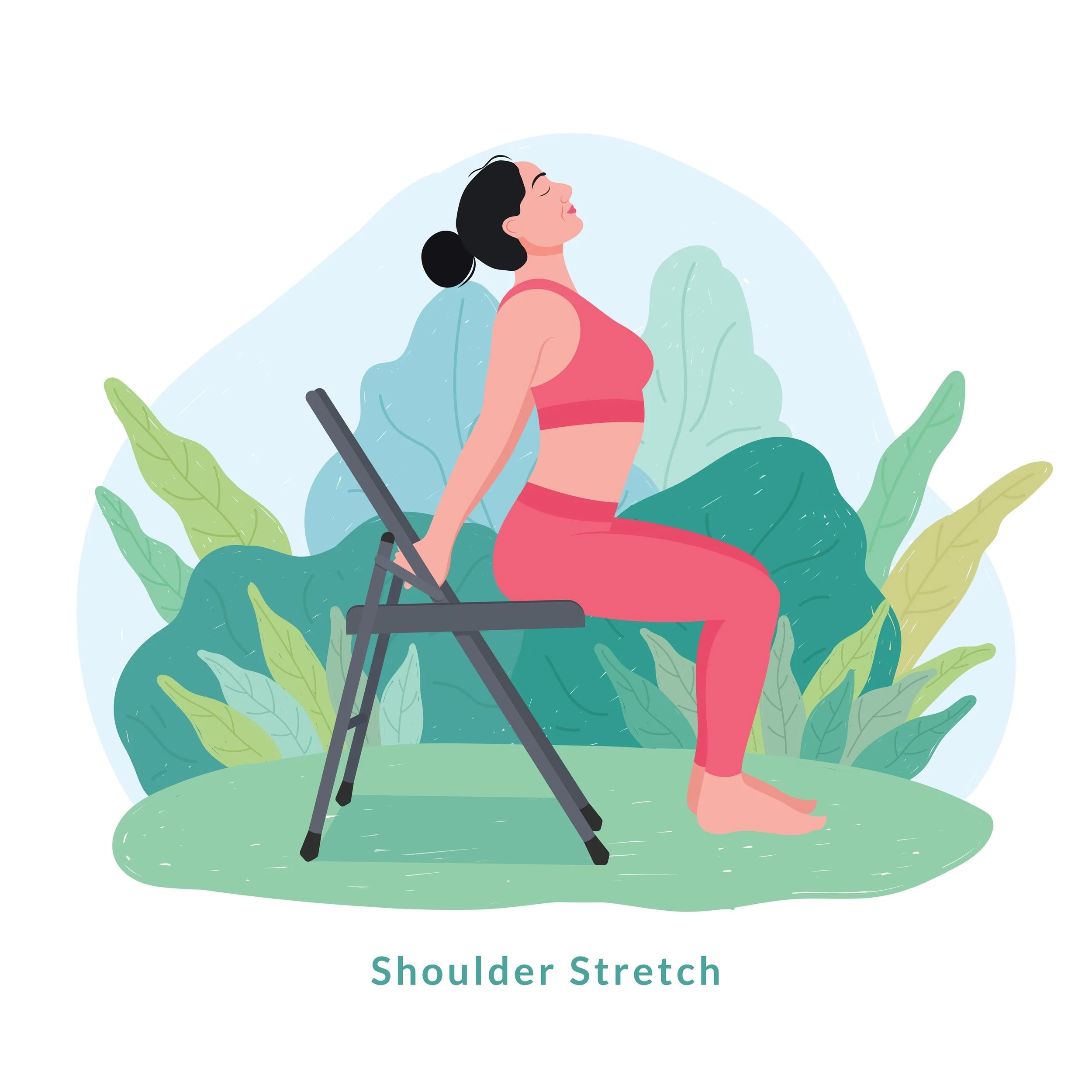It’s not uncommon for clients to ask how I keep up as a massage therapist.
The commentary is understandable. All day I push, knead, rub, mobilize, glide & traction the joints and muscles of the human body, and I usually do this 4-7 hours a day. So I can see how, as someone feeling the depth of this work, it might feel hard to do.
However, as a career massage therapist, you learn & evolve your practice to work for your body, and while occupational strain does exist, I’m here to tell you as a massage therapist, I have it good. I get to move around all day. I lunge, I squat, I lean, I stand tall, and sometimes I simply instruct for movement and breath. I’ve cultivated hand positioning and techniques using my feet so that I can offset the work the small joints of my hands do. I move around a lot at work, and I love it.
What I don’t love are days that require me to stay locked into a seated position at work and as a business owner, unfortunately, they occur more than I would like. Anything that requires me to sit for long periods requires more strategy around my workstation. However, I digress….this really isn’t about me; it’s about you and specifically you at work. So if you sit at work, then I’m thinking we need to have a little ‘sit down’ & review.
Here’s what the research says….
One study from Australia referenced a pool of office workers who worked on average 9 hours, and when they calculated out of the typical work day, they were seated for approximately 70% of the time. Another European-based study indicated that 1/3 of workers and 80% of managers in Europe are experiencing work-related stress due to intensity and time pressures. A Canadian study published by the International Journal of Industrial Ergonomics concluded that employees who use sit-standing work postures should rotate between sitting and standing at will to prevent discomfort development in any particular body region, but extending standing work beyond 30 consecutive minutes may produce unwanted physiological effects and related symptoms/discomfort.
Research now seems to conclude that sitting for too long but also standing for too long will produce unwanted pain sensations and therefore contribute to negative health outcomes. With all this research, it’s helpful to look at the history of human movement and put it all in context. After all, many seated occupations really came about at the start of the industrial revolution. Our bodies have evolved to hunt & gather, chop wood, garden, and these processes required movement from our bodies. But these days, we don’t move. Want to feel warmer? Turn a dial. Hungry? Press a few buttons on the microwave, and voila….your favourite TV dinner is ready in minutes. In history, for heat and food, we may have chopped wood, stacked wood, fed a fire in the wood stove to heat the home and cooked a soup. This process was much more involved and naturally required more movement from us in our day-to-day life.
Now the modern era provides us with many at-home efficiencies. As well our working environment has just as many. For the average desk worker, we just need to tap around on a keyboard & mouse around on a screen & sit for longer hours. Most likely more hours of stillness than nature intended. For thousands of years, humans have evolved to use our bodies, and in the modern era of everyday life, we are de-evolving the use of our bodies.
So let’s re-evolve, or rather re-involve, our bodies more into the tasks we require of our work day. Your mood will shift, your cognitive experience will change & more importantly, you will have energy left at the end of the day for what is most important - family, friends, & hopefully a few moments catered to your self-care.
Have you heard this expression? Sitting is the new smoking? I’ve actually come across the term ‘sitting disease.’ Seems no matter what your work entails, for much of the week, many of our clients sit for long hours, be it at a desk or driving. Let’s look to evolve this ‘sitting’ habit into something a little more sustainable.
First off, let us re-iterate: sitting can really define our posture in our everyday life. When we assume inefficient postural habits be they standing or seated, we slowly remodel soft and hard tissues. So what’s happening at our desks? How does posture affect our mood, energy & even our productivity? Or rather, how does posture affect our mind, spirit & sore spots too!?
Your sitting posture can be part of your personality.
The Slumper
Are you a Slumper? Here we cut off energy to so many areas of the body…tight hip flexors, tight chest muscles and loading strain into the muscles of the neck. Slumped postures are also fatiguing, so try and avoid dumping your upper body into a forward-leaning position. They strain the muscles of the posterior chain (aka upper back, lower back, neck).
The Neck Craner
Are you a Neck Craner? Shortening the muscles at the very top of the neck, often a computer screen needs to come closer, eyes could be straining (so be sure to keep up with regular eye exams). Your eyes always want to correct to the horizon, so be sure to lengthen the back of the neck. This type of posture can also contribute significantly to tension headaches or headaches that present as migraines.
The Leaner
Are you a Leaner? Crossing your legs can offset the alignment of your hips and lower back and create painful lower back tension patterns. This can contribute to a global ‘zig zag’ alignment in your body where you might constantly feel ‘off center’ or often feel pain patterns on one side and then the other.
How do we begin to set our spine & posture straight?
Besides ‘sitting up straight,’ here are some helpful cues to remind yourself to straighten and soften your posture at work:
Keep your core slightly engaged but not so tight that you feel breath or body restriction
Roll your shoulders back and forth, end with softening the shoulders away from the ears
Tuck your chin in slightly; feel long and lengthened in the back of your neck
Little things we can do at work:
Use a keyboard tray
If you notice yourself craning your neck forward, then perhaps bring your screen slightly closer to you or adjust the level of your screen to ensure that your working documents are at eye level.
Move a little bit, often. They say your best position is your next position….which means just move a little bit. Standing up to sip some water, setting a timer to remind yourself to move about, perhaps using a stability ball as a seat for some intermittent, gentle core activation.
Stand or walk a little for work tasks when possible.
Goal post arms activation. Bring your arms over your head, give yourself a big stretch and then, as if you're doing a lat pull, hold your arms at 90 degrees to activate your back muscles for 5 seconds. While relaxing your arms back to work, stay mindful of integrating this new feeling of your back feeling stronger and longer.
Sitting is a stationary situation for your body, and your body loves movement. Reframing your day in movement versus a fixed working position is better for your posture and has a direct effect on your nervous system. Look for ways to take a ‘nutritious movement break’ the way you would perhaps take a snack or coffee break. These little habits in our everyday life add up & accumulate into the sum of our experience as a whole. Do not subscribe to any one working position for too long if possible.
Remember, the best position at work (or really in life at all) is your next position, so keep moving.
P.S. we have a few occupational organizations that we refer to for either local HRM support in the office or more information so feel free to refer to the links below for more information….otherwise, consult with your RMT here at Sore Spots at your next appointment for more advice related to your working or everyday ergonomics.











